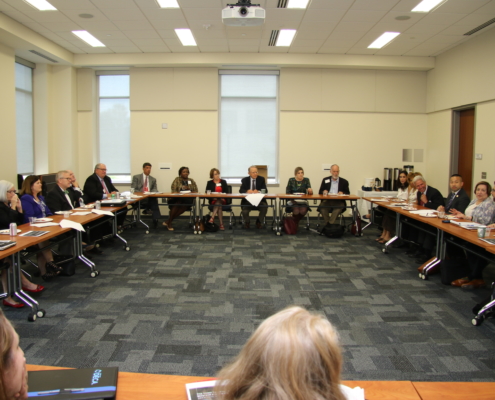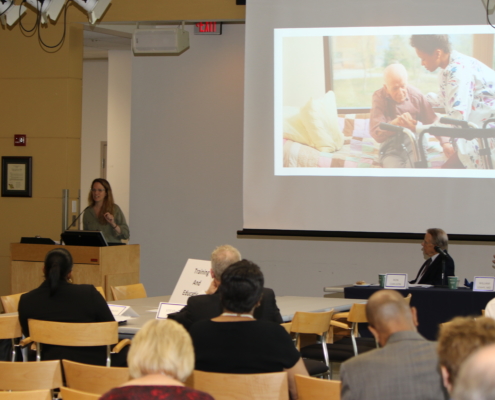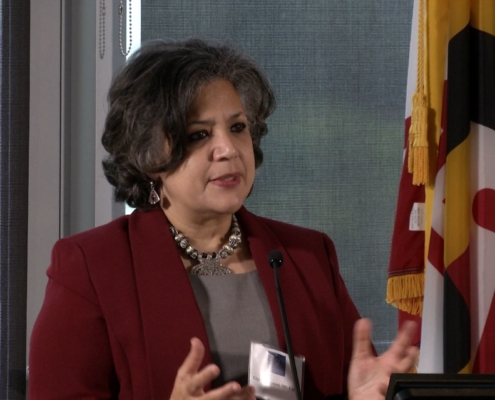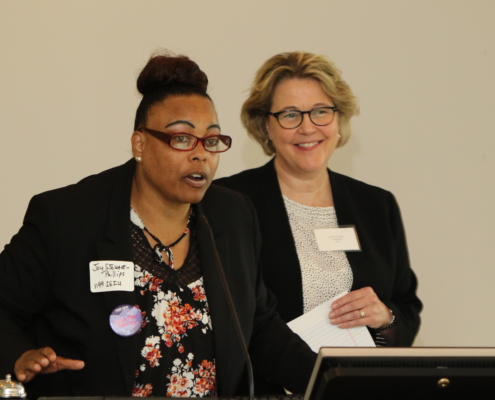About The Maryland Direct Services Collaborative
Mission
To improve job quality and facilitate and advance the recruitment, retention, and career path development of the direct care and services workforce.
Vision
The direct care and services workforce will be an elevated profession that is well-trained and able to meet the needs of continuing and changing needs of individuals across the Maryland region.
Direct care and services workforce issues have long been a concern for long-term services and supports providers in the Maryland region. Prior to the pandemic, the shortfall of the direct care and services workforce was at a crisis level. A 2018 study conducted by PHI found that in Maryland there was a workforce gap of 40 percent, and in the District of Columbia, 35 percent more workers were needed.
The Maryland Regional Direct Services Collaborative (Collaborative) continues its work today as a network of organizations and individuals dedicated to solving these issues by improving job quality through education, advocacy, and leadership in the formation and design of new program initiatives.
We seek to do this by elevating attention to these critical issues by convening experts, thought leaders, and practitioners to examine, analyze, and offer recommendations on leading edge solutions, research, and data.

Ronald H. Carlson founded the Maryland Regional Direct Services Collaborative in 2018 in response to the workforce crisis in the Maryland region. Carlson served as director of the Policy Analysis Center established by the Horizon Foundation and was the president and founder of the Institute for Community Health focused on both community and population health improvement. He earlier served as the director of community health with the Center for Health Policy Studies and was senior researcher for the National Academy of Public Administration. Mr. Carlson is also a founding member of the Senior Executive Service and held senior health care policy positions in the United States Department of Health and Human Services for more than three decades. He serves in the executive committee of the Paul R. Willging Endowment.
In founding the Collaborative he brought his extensive background in health care and policy to convene leaders in the field to help sole the challenges that both direct care professionals and their employers face.
Mr. Carlson retired from the Collaborative in 2022 and currently lives in Maryland with his wife.





